Philippines cuts tariffs, increasing opportunities for Vietnamese rice
The Vietnam Trade Office in the Philippines said that this can be considered the latest move by the Philippine Government to deal with inflation, especially the price of rice which has been continuously increasing in the market since the beginning of the year.
In the first quarter of 2024, the Philippine economy is relatively stable, except for the increase in prices of some essential consumer goods, especially rice, with an increase of about 24.4% in the first quarter of 2024. Rice prices account for about 9% of the Philippines' consumer price index (CPI).
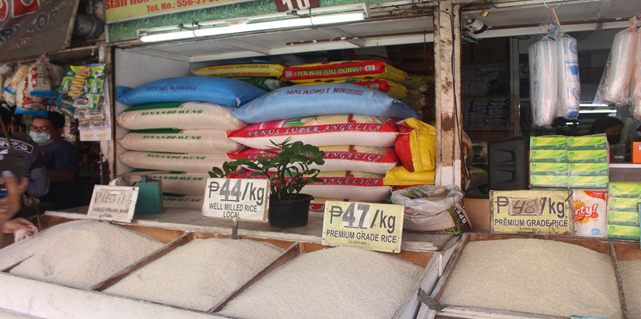
Retail prices of some rice products in the Philippines in September 2022 (current retail prices have increased to 54 - 60 pesos/kg)
The effective date of Decree No. 62 is 30 days from the date of publication, and for rice import tax, the effective date is 15 days from the date of publication. Thus, the effective date of the new rice import tax rate in the Philippines is expected to be in early August 2024.
Over the years, Vietnam has always been the largest rice exporting partner, accounting for over 80% of the total rice imported into the Philippine market. There are some opinions that the Philippines' reduction of rice import tax will create more favorable conditions and increase opportunities for Vietnamese rice in the Philippine market.
Mr. Pham Thai Binh , Chairman of the Board of Directors of Trung An High-Tech Agriculture Joint Stock Company (Can Tho City), said that the Philippines' reduction of import tax will be an opportunity for Vietnamese rice to maintain high prices.
With the sharp reduction in tax, importers will buy more Vietnamese rice. Therefore, rice exporting enterprises must take advantage of this opportunity to keep the price of Vietnamese rice high. Because the demand for rice in the world is very high, Mr. Binh said.
According to the Vietnam Trade Office in the Philippines, the latest data provided by the Plant Department shows that from January 1 to May 23, 2024, the total rice import volume of the Philippines increased by 20.3% compared to the first 5 months of 2023, reaching 1.97 million tons, much higher than the import level of 1.64 million tons in the first 5 months of 2023.
Since the beginning of the year, the Plant Department has issued 4,066 rice import clearance licenses to importing enterprises.
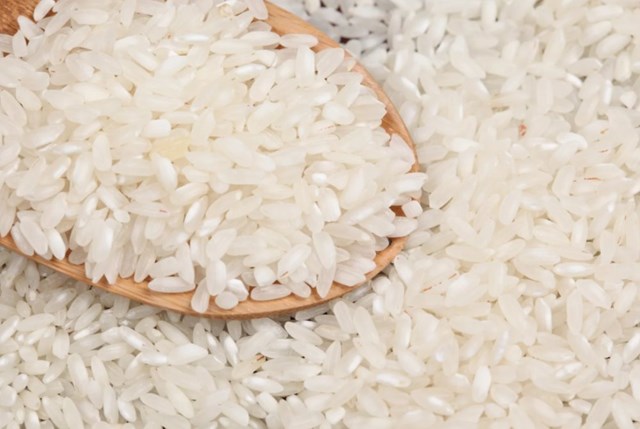
Vietnam remains the Philippines' largest rice export partner.
Vietnam continues to maintain its No. 1 position in rice exports to the Philippines market.
The Philippines is known as the world's largest rice importer and also the number 1 rice importer of Vietnam. The US Department of Agriculture (USDA) forecasts that in 2024, the Philippines will import about 4.2 million tons of rice and continue to be the world's leading rice importer.
Since 2019, Vietnam has surpassed Thailand and become the largest and most important rice supplier to the Philippine market (due to the country's promulgation and implementation of Law No. 11203 allowing free import, export and trade of rice, removing quotas and restrictions on rice imports).
Vietnamese rice accounts for over 80% of the total rice imported by the Philippines, showing that this is a very potential market in the Southeast Asian region. Vietnamese rice exported to the Philippine market has great advantages including:
The quality and price of rice are moderate, suitable for the tastes and consumption habits and meet the diverse needs of the Filipino people;
Vietnam's rice supply is stable in both quantity and price, and can meet the Philippines' annual import needs;
Many rice exporting enterprises have built up prestige and trust with Philippine customers, thus retaining many traditional, long-term customers.
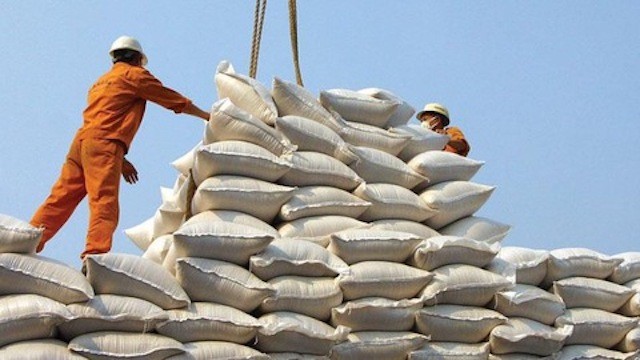
The Philippines is a rice producing country, however for many years domestic rice production has not met consumption demand so the country has had to import a lot from outside.
The Philippines is a rice producing country, however for many years domestic rice production has not met consumption demand so the country has had to import a lot from outside.
2024 is expected to have many unpredictable fluctuations, however, India's ban on rice exports along with China and Indonesia's increased rice imports have partly created more opportunities for Vietnam's rice exports.
Therefore, domestic enterprises need to make more efforts to ensure Vietnam's No. 1 position in rice exports in the Philippine market, thereby improving the competitiveness of Vietnamese rice in the Philippines in particular and in the international market in general.
Vietnamese export enterprises need to continue to coordinate well with ministries, the Embassy and the Vietnamese Trade Office in the Philippines to implement programs to promote, publicize and advertise Vietnamese products to the Philippine market, especially rice.
At the same time, businesses must constantly improve the quality of exported rice products to contribute to increasing the value of Vietnam's export turnover.
Source: https://danviet.vn/philippines-decision-to-reduce-tax-on-import-of-gao-gao-viet-co-tac-dong-ra-sao-20240622121453954.htm






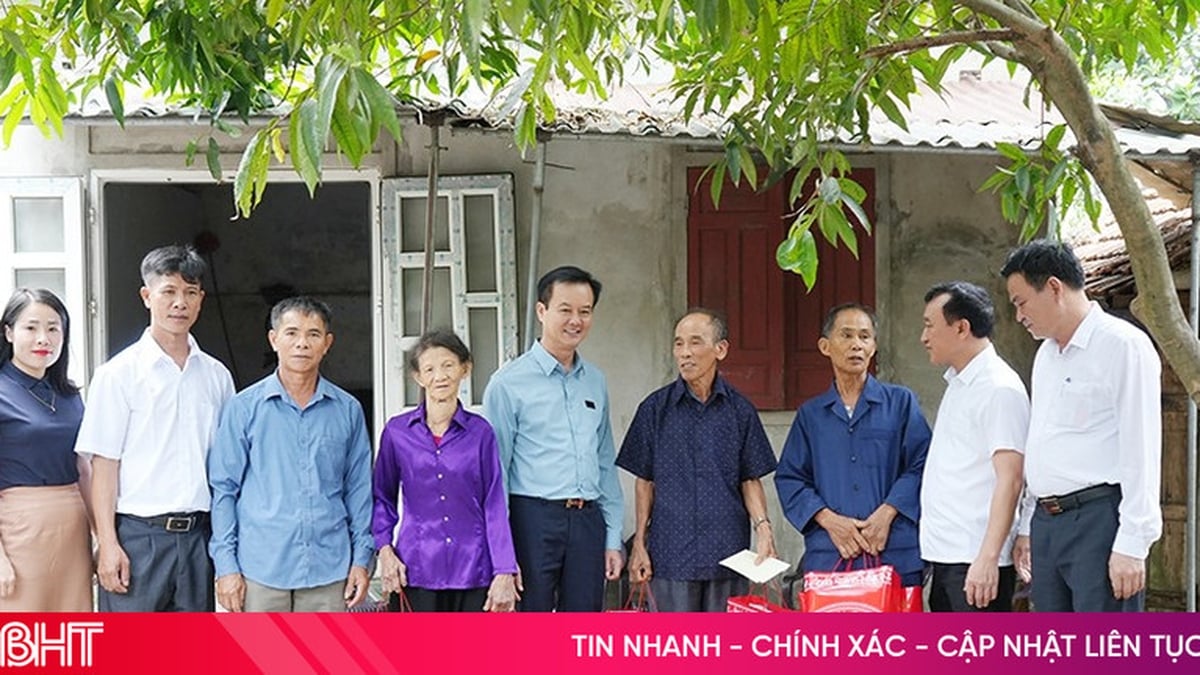

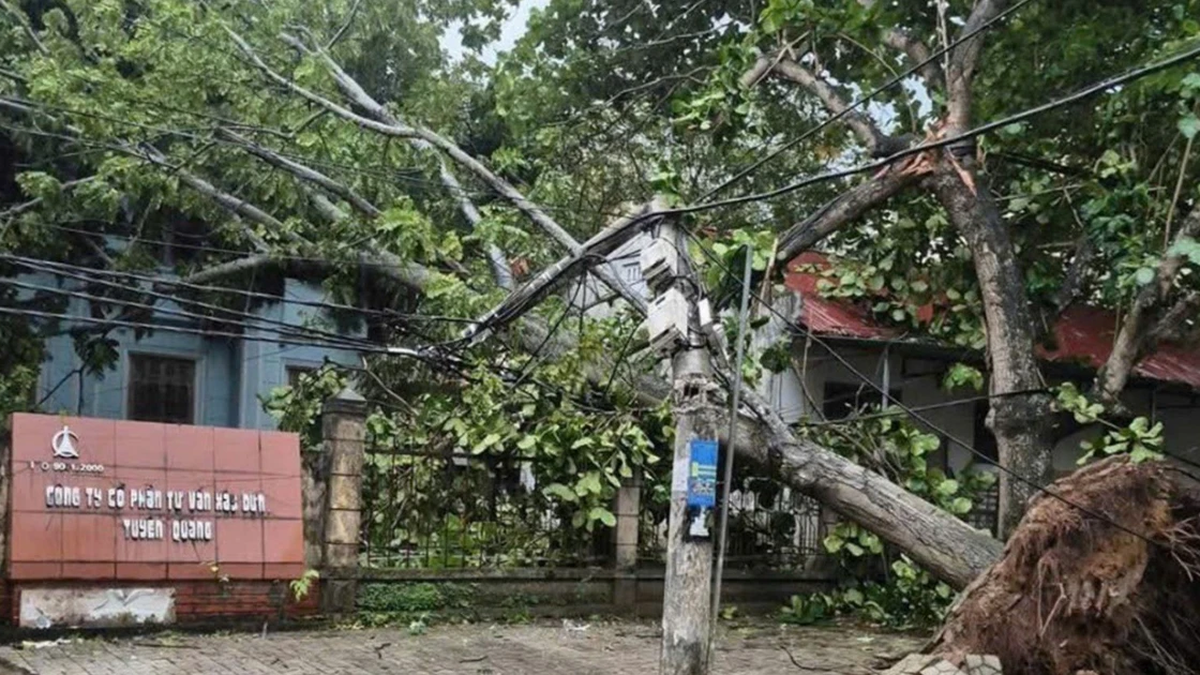

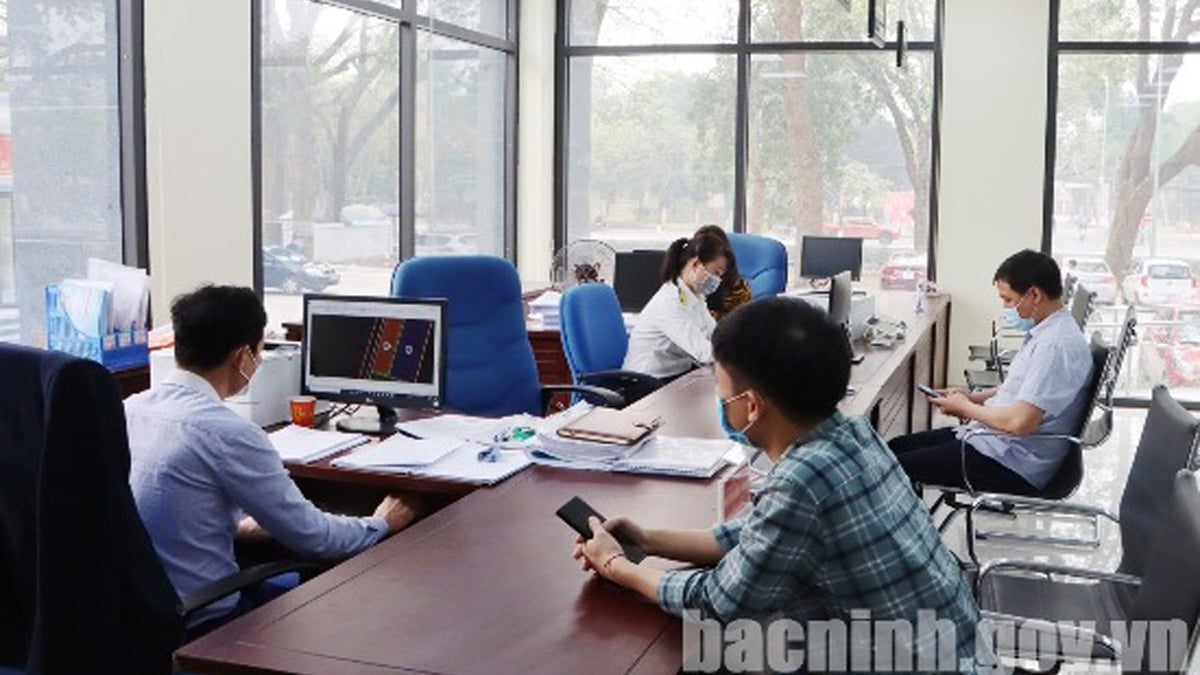
















![[Photo] National Assembly Chairman Tran Thanh Man visits Vietnamese Heroic Mother Ta Thi Tran](https://vphoto.vietnam.vn/thumb/1200x675/vietnam/resource/IMAGE/2025/7/20/765c0bd057dd44ad83ab89fe0255b783)

















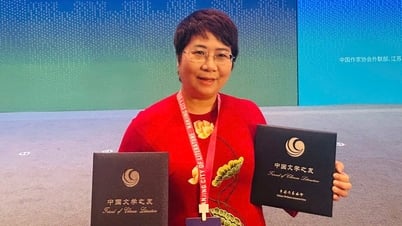



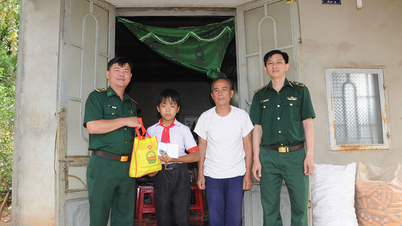













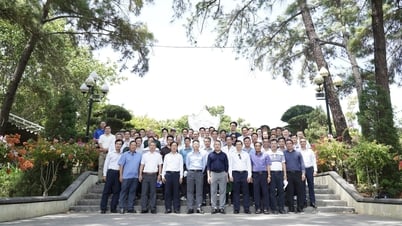






































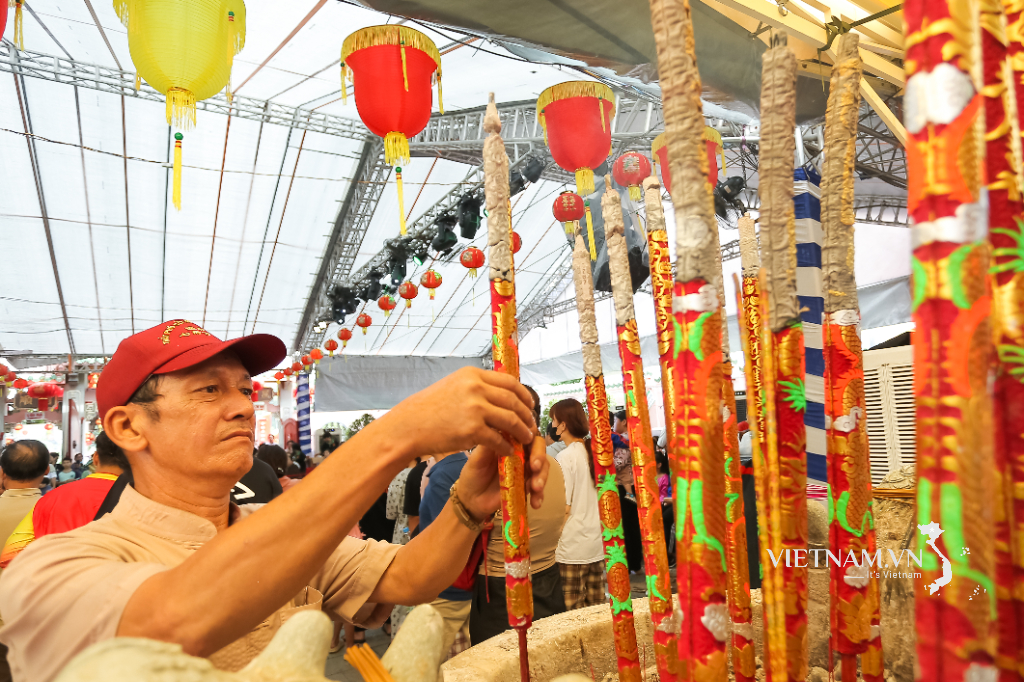

Comment (0)